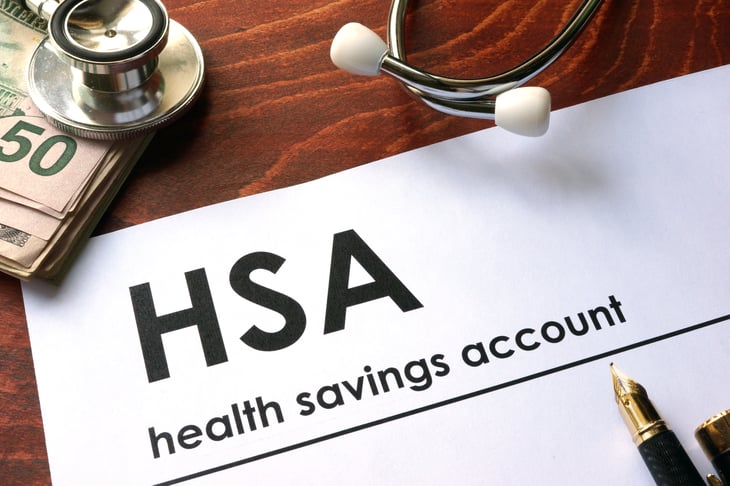
If you suspect health care costs are rising faster than your paycheck, you’re not wrong. According to the Kaiser Family Foundation, average family health care premiums increased 43% from 2012 to 2022, while wages rose just 38% during the same period.
Even though employers pick up part of the tab, workers on average contribute $6,106 per year toward the cost of family coverage as of 2022.
There are several ways to save on your medical bills without sacrificing care. Here’s how to take control of your family’s health care costs and save money.
1. Check prescription savings websites

Consider using a website like GoodRx to find your medications for cheaper.
The website allows a shopper to compare the cost of prescriptions across pharmacies in the shopper’s area. Since there is no regulation of prescription drug prices, the cost of any given drug can differ greatly from one pharmacy to another.
GoodRx says its customers save up to 80% on prescriptions.
Check out other great websites that can save you money on medications in “4 Websites You Should Check Before Buying Prescriptions.”
2. Pay the cash price for prescriptions

Sometimes the cash price for a drug — meaning the price a pharmacy charges to customers without insurance — is even lower than an insurance copay.
So if you currently pay a copay for a medication, it’s worth finding out whether the cash price is lower at your current pharmacy or other pharmacies in your area.
Money Talks News managing editor Karla Bowsher pays out of pocket for some of her prescriptions, as opposed to presenting her insurance card and paying the insurance copay. This saves her 50% every time, as she details in “5 Ways I Slashed My Drug Costs up to 50%.”
3. Consider a direct primary care practice

What if you could pay one monthly price to get access to your doctor as often as you want? This is the idea behind direct primary care practices, which can be found in many large metropolitan areas.
Direct primary care practices operate on a Netflix subscription model — essentially, you pay one monthly, quarterly or annual fee whether or not you use the service. You don’t have to worry about insurance or deductibles.
4. Shop around for procedures

Shopping around for medical procedures can save you a bundle. This is especially true for major procedures, where the difference in cost among providers can be thousands of dollars.
Most people with private health insurance don’t research prices before going in for a major procedure, as we have reported.
Don’t just assume the facility your doctor recommends has the best price. Pick up the phone and call providers in your area that accept your insurance and offer the medical procedure you need.
You can also go online and use a free price transparency tool to estimate costs. Such sites include:
- New Choice Health
- Fair Health
- Healthcare Bluebook (requires a free account for up to 10 searches per month)
Seniors should also check out Medicare’s Procedure Price Lookup tool.
5. Negotiate

If you need a service your insurance won’t cover, don’t just accept that you have to pay the cost in full. Medical providers sometimes accept a lower payment for a service if they do not have to go through an insurance company.
Tell the medical office that you’re paying cash for a service and ask for a discount. Besides a lower bill, you might be able to negotiate a no-interest payment plan to spread your payments over a few months.
6. Sign up for a flexible spending account (FSA)

Even with insurance, health care costs can add up. Paying for medical expenses with pretax dollars — which flexible spending accounts (FSAs) enable you to do — means a nice discount on medical expenses.
If your employer offers an FSA for medical expenses, consider signing up. For 2023, you can contribute up to $3,050 a year in pretax income to an FSA and use it to pay for prescriptions, doctor visit copays, medical procedures and more.
7. Sign up for a health savings account (HSA)

For those with high-deductible insurance plans, opening a health savings account (HSA) may be an option.
Just like FSAs, you can fund an HSA using pretax dollars. However, HSAs offer two advantages over FSAs — higher contribution limits and the ability to carry over your HSA balance from year to year.
HSA contribution limits for 2024 are $4,150 for an individual and $8,300 for a family.
To learn more about HSAs, check out “3 Ways a Health Savings Account Can Improve Your Finances.”





Add a Comment
Our Policy: We welcome relevant and respectful comments in order to foster healthy and informative discussions. All other comments may be removed. Comments with links are automatically held for moderation.